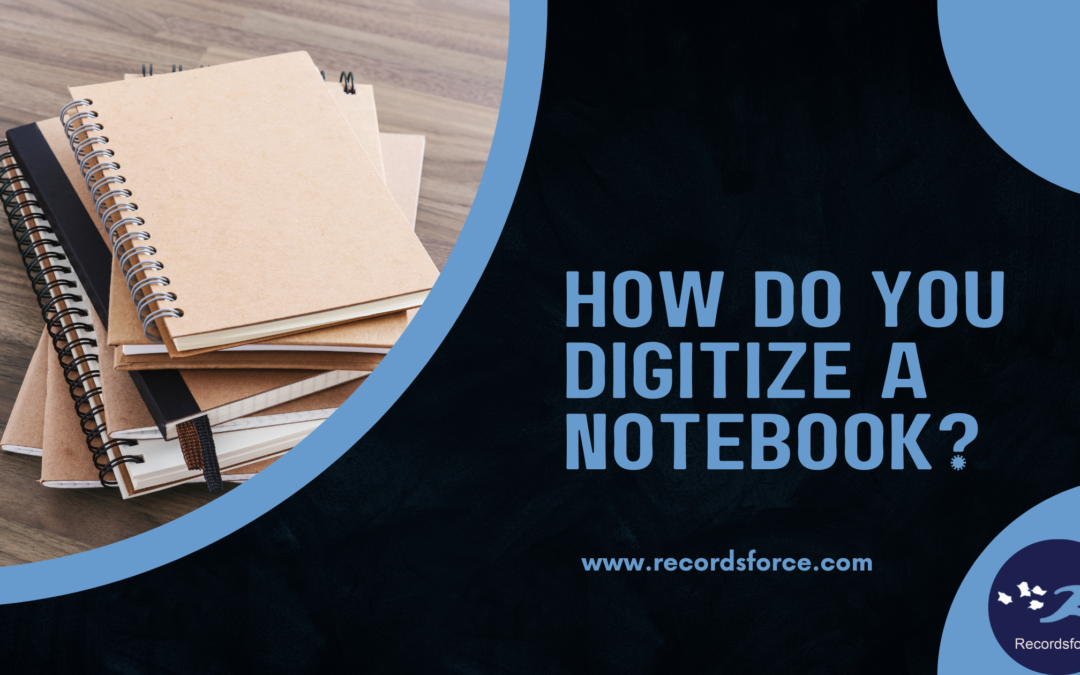The advent of technology has brought about significant changes in the way we consume and access information. This includes the way we read books, which have traditionally been physical, paper-based objects. With the rise of digitization, it has become possible to scan and store books in digital formats, making them more easily accessible, convenient to read and protected from theft or disasters. However, there are multiple methods of book scanning, with some being more destructive than others. Whether you’re looking to digitize your textbooks, manuals, journals or even your lab notebooks, there are two main options for scanning your books: “destructive” and “non-destructive” book scanning.
Destructive Book Scanning
Destructive book scanning is a method of book scanning that involves the physical disassembly of a book in order to scan its pages. When it comes to destructive book scanning, your book’s binding or spine is removed and the individual pages are then fed through a high-speed scanner, just as other documents would be typically scanned. Once the pages are scanned, they can be returned or stored, but obviously render the original book unusable.
Why opt for destructive book scanning? It is usually a more cost-effective option because it requires less time and effort to digitize the book. Destructive book scanning is also faster because again, the pages can be sent through a high-speed scanner versus non-destructive book scanning where each page is held in place and scanned. However, this method can be controversial as it destroys the original book, which could have significant historical, cultural or monetary value.
Non-Destructive Book Scanning
Non-destructive book scanning, as the name suggests, is a method of digitization that does not involve physically altering the book. Instead, the book is scanned while still intact, using specialized scanners that can handle thick volumes and curved spines. Non-destructive book scanning methods include flatbed scanners, overhead scanners, and robotic scanners. Most specialized book scanners have a V-shaped cradle and glass plate that ensures there is no damage to the book during the digitization process. They are designed to specifically handle the curvature of text near the book’s spine and ensure the integrity of data capture while maximizing the scanned image quality.
The major advantage of non-destructive book scanning is that your book is digitized and then can be returned back to you completely intact, preserving the original book. This is extremely pertinent when a book is a unique item, such of one of high value, has historical significance, or is required to be kept by law. It is also a less risky method of scanning since the book can be reused after scanning. However, non-destructive book scanning can be a slower and more expensive process than destructive book scanning.
Which Method Should You Choose?
The choice between destructive and non-destructive book scanning will depend on your specific needs and priorities. If you have a valuable book that you want to preserve, or if you are digitizing books for historical or cultural purposes, then non-destructive book scanning may be the better option. On the other hand, if you are scanning a large number of books and need to do so quickly, or if you are scanning books that are easily replaced, then destructive scanning may be more appropriate.
At Recordsforce, we offer both destructive and non-destructive book scanning options. We receive your books at your SSAE-18 SOC II compliant facility, where we can either unbind your books for speedier high-quality scanning or perform non-destructive book scanning where your books stay bound. From there, we can extract any data required from the books if necessary and then the high quality images are then delivered to you.
In conclusion, both options allow you to protect, preserve and easily access your important notebooks and have their own advantages and disadvantages. It is important to weigh these factors carefully when deciding on a scanning method, and to choose the method that best fits your needs and priorities. With the right scanning method, you can preserve valuable books for future generations while also making them more accessible and convenient to read. When you’re ready to get started on your book scanning project, Recordsforce can help!

